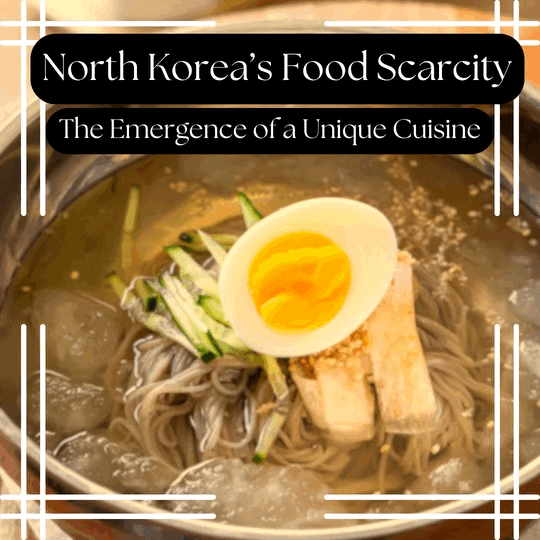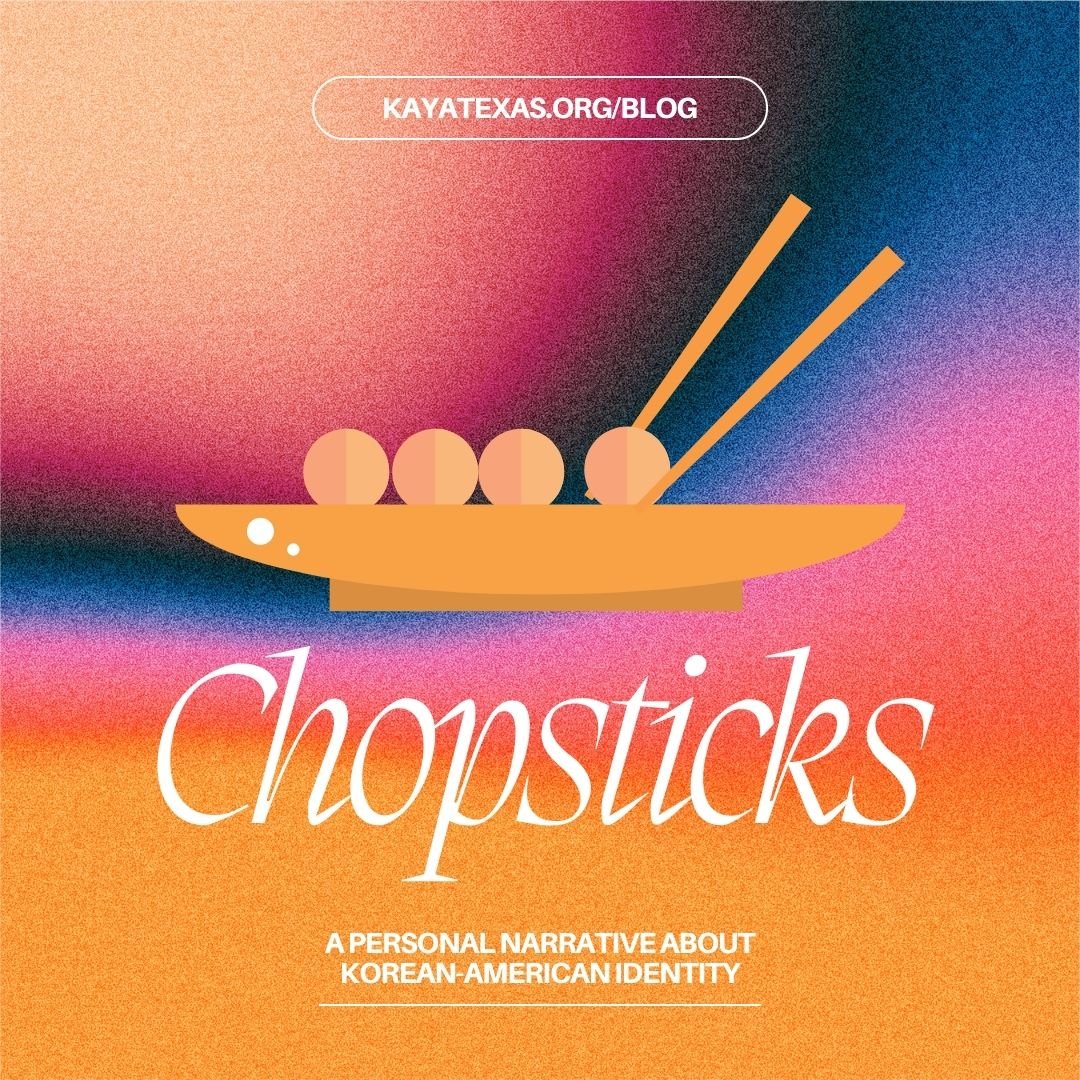
Diving Into the History of Haenyeo
The Haenyeo (해녀), translating to “women of the sea,” are female free-divers from Jeju Island, South Korea – a centuries-old coastal community that lives off shellfish, seaweed, and other marine life. The Haenyeo keep the community going by diving in groups, sometimes reaching depths of 20+ meters by holding their breath for up to 3 minutes, and harvesting abalones, sea urchins, octopus, sea cucumbers, and kelp to sell or eat.

A Personal Narrative: Girl, Unfurling
Dust plumed around me as I darted through the triangular-roofed, imperial hanoks of Gyeongbok Palace. To gain speed, I lifted my ballerina-pink hanbokskirt, revealing my not-so-dainty tennis shoes. I arrived in the main square, shaking beads of sweat off my face, as a distinctly off-tune drum beat began.

Digital Pulse: A Guide to Korean Tech Giants
A sea of engineers hunch over glowing screens flashing with lines of code as the invisible rhythm of innovation pulses through the heart of Korean tech headquarters. Housed within the towering glass buildings in Seoul’s Teheran Valley, the beat of creation echoes through the clattering keyboards, the humming servers, and the conversations of teams. Just like a body, each company plays a part—sometimes in harmony, sometimes in competition—but always in motion.

Rising Rhythm: A Guide to Nanta Drumming
As a row of musicians powerfully strike large buk drums, a thunderous sound unfolds from the stage and into the audience. In unison, the performers sweep their arms above their heads, as if summoning a force from the heavens, then begin a rapid beating pattern. Their rhythm gradually grows and culminates in a booming marching beat, ending with a dramatic flourish. The final strike of the buk drums reverberates throughout the room and echoes long after the performers exit the stage.

North Korea: How the Lack of Food Created a Unique Cuisine
What should I eat today? This common question frequents the mind of all. However, the word “what” represents either the abundance of food of nations such as South Korea, but it may also reveal the lack of sustenance in others like North Korea. In countries such as South Korea and the United States, this word affirms the many options that one has to choose from.

Why Food is Medicine in Korea
The phrase ‘you are what you eat’ is taken quite literally in the culinary world of Korea. Due to the inherent nature of Korea’s past, the relationship between Koreans and the meals they consume is a powerful part of its identity. Not only does the importance of food hold roots in ancient history, but it also relates to the overall health and prosperity of the lives of Korean citizens.

A Tale of Jeju Island's Dream Tower Resort: The Dark Shadow Left Behind by Foreign Investment
From the horizon of secluded Jeju Island rise the twin 38-story towers of the Dream Tower Resort. This "foreigner-only" casino and resort has dramatically altered the island's skyline, standing as a monument to the dangers of foreign capital investment.

The Longstanding Dispute between Korea and Japan: The Dokdo Islands
Amidst the powerful waves in the Sea of Japan, two solitary islets lie in between Japan and Korea. Teeming with marine life and valuable fishing grounds, the Dokdo Islands, or Takeshima Islands (depending on which country is asked), have been the center of a longstanding dispute between Korea and Japan.

American Legacy of Korean Independence
Most Koreans know about the revered Dosan Ahn Chang-ho, a prominent Korean Independence leader during the Japanese occupation period from 1910 to 1945. He frequently traveled all over the world to garner support for Korean independence, including the Philippines, Hawaii, and Mexico.

Korean History Time: The Imjin War (part 2)
Today, we’re going to be looking at one of Korea’s darkest times in history: the Imjin War. It lasted seven years, from 1592 to 1598, so we have a lot to uncover. Grab your favorite Korean snack, kick back, and enjoy!

Dogs: Food or Friends?
For years, dog-eating has led to global protests, legal action, prejudice, and extensive media coverage. Due to their history of eating dogs, many Asian ethnic groups such as Chinese, Korean, and Vietnamese have been targeted by this ongoing controversy. However, behind the eye-catching news articles and criticisms on the subject, there exist many complex layers to the issue that many people may be unaware of.

Korean History Time: The Kimchi Babies
Learn about the miraculous Ship of Miracles and the hope given during a period of tragedy!

Plastic Surgery: South Korea’s Booming Phenomenon
Plastic surgery: a term that sparks a plethora of different connotations when mentioned. In South Korea, especially in the past few decades, plastic surgery has integrated itself into everyday life to the point where the nation is known as the “Plastic Surgery Capital of the World.” In this blog, learn about the various aspects of this prominent practice in South Korea.

Korean History Time: The Imjin War (part 1)
Today, we’re going to be looking at one of Korea’s darkest times in history: the Imjin War. It lasted seven years, from 1592 to 1598, so we have a lot to uncover. Grab your favorite Korean snack, kick back, and enjoy!

Remembrance in Rhythm: A Brief History of Traditional Korean Music
Emblematic of Koreans’ love for expressing emotions through artistic endeavors, traditional Korean music utilizes its lyrical sensibility and stylistic elements to express what words alone cannot. We would like to discuss two important forms of traditional Korean music: shaman music and court music. From the native shaman music to the aristocratic court music, Koreans’ propensity for artistic beauty has remained a staple of their musical values.

The Art of Korean Drumming
Korean culture can be appreciated through different senses, like taste, smell, and sight, but one of the most important is through sound. Korean music is an integral part of the culture, with its distinct style creating a unique music culture. Essential to music is its rhythm, which is what Korean drums are for. Here is a guide to Korean drums with its rich history, components, and characteristics.

The Goryeo Dynasty: A Time Still Felt Today
Celebrated as one of the most influential and innovative periods of Korea, the Goryeo Dynasty, dating from 918-1392, certainly hosts a rich history that even today people are discovering more about. Among the vast array of characteristics of the Goryeo Dynasty are its beginnings, social structures, literature, art, attire, and eventually, its end.

A Paper Trail: Exploring Hanji Paper
What shielded ancient soldiers from arrows and provided monks a medium to record religious messages? Hanji (한지), or traditional hand-crafted Korean paper, consists of the inner bark of mulberry trees and involves an arduous, ancient process to create a material integral to Korean culture and life.

Molding Korean Craftsmanship: Goryeo Celadon
Smooth and graceful bottles, jugs, ewers, and vessels glazed in cool gray-green hues gleam elegantly. Etched with intricate motifs of bamboo, peonies, chrysanthemums, cranes, and clouds, this verdant ceramic earthenware, called celadon, holds a rich history of Korean craftsmanship.

Chopsticks: A Personal Narrative about Korean-American Identity
It’s lunchtime. Great. As a fourth grader, I walk through the lunch line, rolling my eyes at the lame excuse for “Asian” food. The lunch lady waits impatiently and asks, “Well, what do you want? How about some lo mein and orange chicken?” Ignoring my hesitation, the lady smacks the food down on the tray, obviously displeased with my distaste for fake Chinese food. After grabbing my lunch, I walk to the utensil station and pause—my hand in midair. In the corner of my eye, I spot them: chopsticks.
